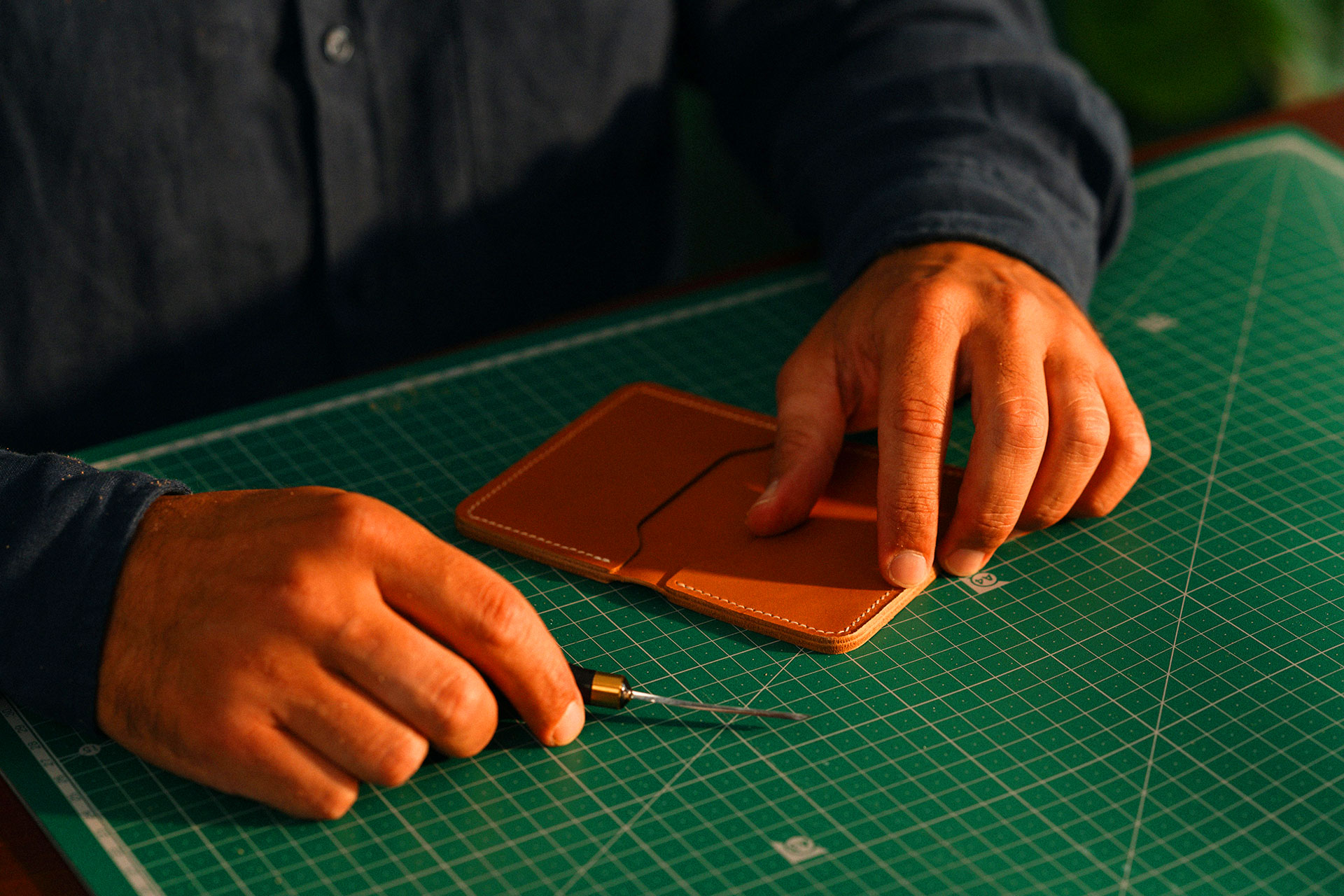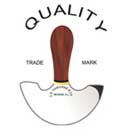
28 Sep If Your Tools Can’t Keep Up, It’s Time to Upgrade
Every craftsperson knows the moment. The blade that once sliced clean now drags. The punch that should cut straight leaves ragged edges. The handle slips, the hinge sticks, and the rhythm of work slows down. Tools that can’t keep up don’t just make jobs harder; they hold back progress.
The Cost of Falling Behind
Old or low-quality tools often cost more than they save. Slower cuts, uneven finishes, and repeated mistakes add up to wasted time and wasted material. Even worse, fatigue sets in. A dull blade forces more effort, a poor grip strains the hand, and before long, the work feels heavier than it should.
When efficiency drops, frustration rises.
How to Spot the Warning Signs
Tools don’t fail overnight; they send signals long before they stop working altogether. Some of the most common clues include:
- Blades that need constant resharpening just to stay functional
- Handles that splinter, crack, or feel unstable under pressure
- Cuts, holes, or impressions that no longer come out clean
- Increased effort for the same result, leaving you drained instead of satisfied
These aren’t just annoyances, they’re messages. They’re telling you it’s time to upgrade.
The Difference Quality Makes
An upgraded tool isn’t just new; it’s built to perform. Hardened steel that holds an edge, precision engineering that ensures accuracy, ergonomic handles that reduce fatigue; these qualities show up immediately in the results.
Work flows smoother, details sharpen, and the finished product carries a professional polish that struggling tools can’t provide.
More than Speed, It’s Consistency
Good tools don’t just make the job faster; they make it repeatable. Each cut is the same as the last, each stitch sits evenly, and each edge comes out smooth.
That consistency is the hallmark of true craftsmanship, and it’s what clients, customers, and even fellow professionals notice most.
Investing in Your Craft
Some hesitate to upgrade because of cost. But in reality, the investment often pays for itself quickly. Less wasted material, faster turnaround, and fewer mistakes translate into real savings.
More importantly, upgraded tools protect your energy, letting you focus on creativity and skill rather than battling with equipment that drags you down.
Conclusion
The truth is simple: tools are extensions of the craftsperson. If they fall behind, so does the work. Upgrading isn’t about chasing the latest trend or replacing gear for the sake of it. It’s about giving yourself the equipment that matches your skill, your ambition, and your standards.
When your tools can’t keep up, they’re not just slowing the project; they’re slowing you. And that’s when it’s time to move forward.


